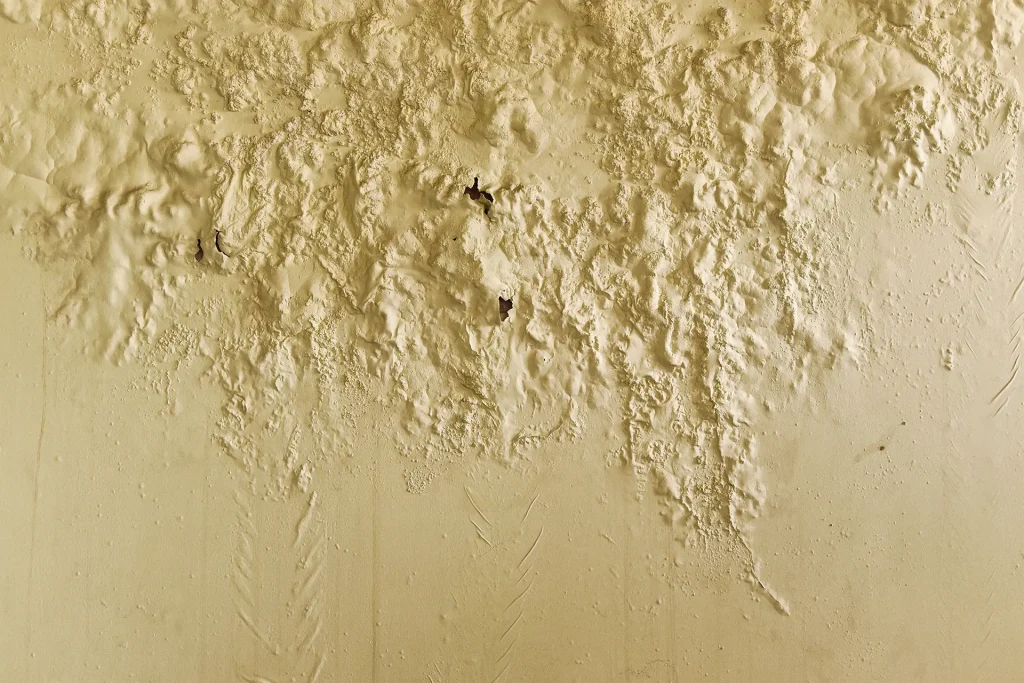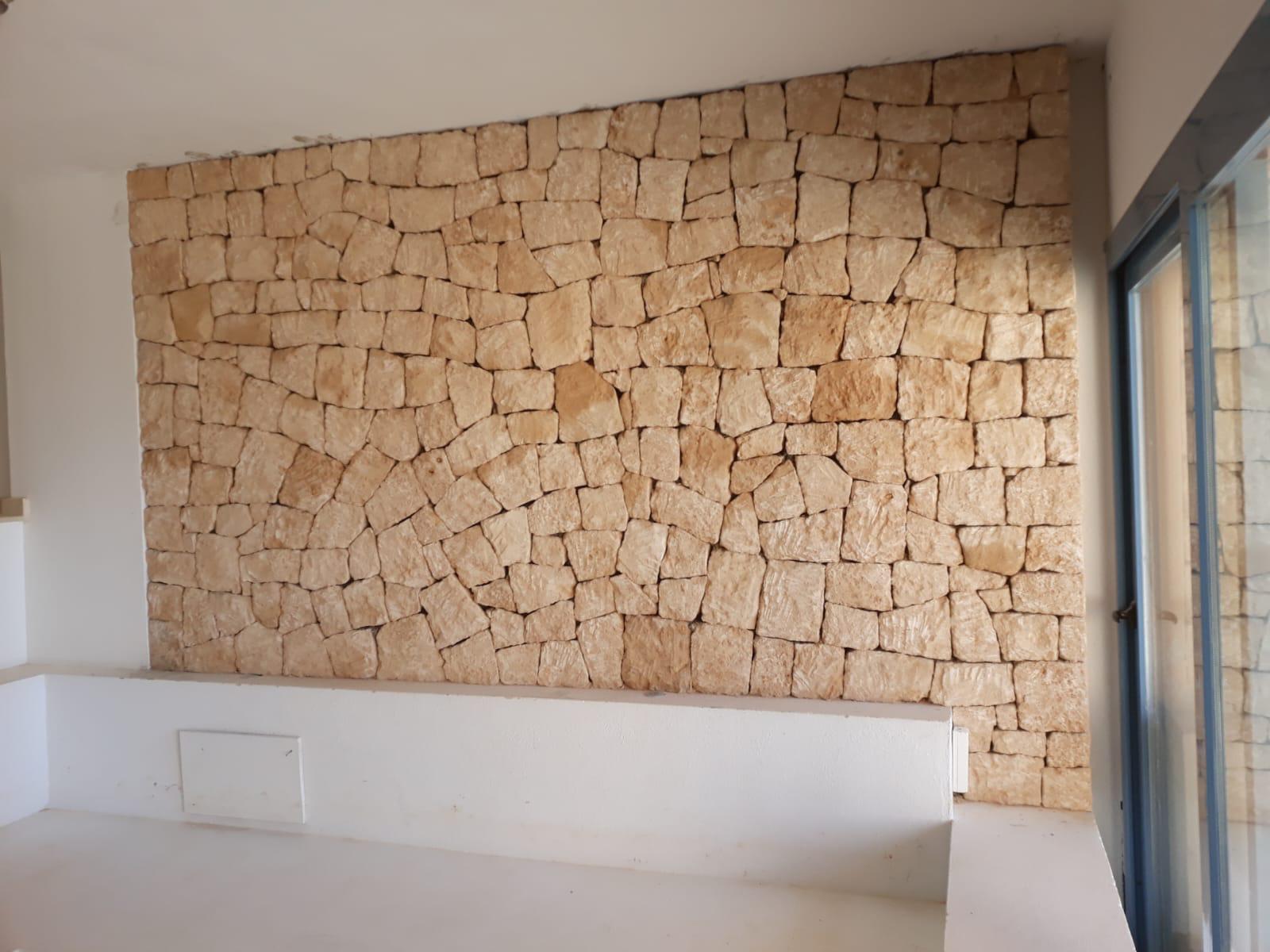Managing Humidity in Ibiza Homes: A Comprehensive Guide
In the picturesque landscapes of Ibiza, where the Mediterranean climate bestows its residents with sun-soaked days and breezy evenings, managing humidity within homes emerges as a subtle yet significant challenge. This article delves into the nuances of humidity in Ibiza homes, offering insights and strategies to maintain an optimal living environment.
Humidity in Ibiza Homes
Humidity, the invisible presence in our homes, can be a friend or foe depending on its balance. In Ibiza, the Mediterranean climate contributes to higher humidity levels, especially during the warmer months. This can lead to discomfort, health issues, and even damage to the structure and aesthetics of homes.

Causes and Effects
The primary source of indoor humidity is the external environment. However, daily activities such as cooking, bathing, and drying clothes indoors can also contribute significantly. Excessive humidity can lead to mold growth, wood rot, and an increase in allergens, affecting both the health of the residents and the integrity of the building.
Solutions and Preventative Measures
Addressing humidity requires a holistic approach, incorporating both short-term fixes and long-term solutions. Ventilation plays a crucial role; ensuring adequate airflow can significantly reduce indoor moisture levels. Dehumidifiers and air conditioners are effective tools for controlling humidity, particularly in areas prone to high levels. Additionally, incorporating moisture-resistant materials during construction or renovation can provide long-lasting protection against humidity-related issues.
Renovating for Humidity Control
When considering renovations in Ibiza homes, incorporating humidity control measures can enhance comfort and prevent future issues. Referencing “Tips for Renovating Your Villa” (Ibossim.es), it becomes evident that selecting the right materials and design can significantly impact a home’s resilience to humidity.
Material Selection
Choosing materials that are resistant to moisture and mold is crucial. For flooring, tiles or polished concrete can offer both aesthetics and functionality, resisting moisture better than wood. For walls, moisture-resistant paint and plaster can help in preventing mold growth.
Design Considerations
Design plays a pivotal role in managing humidity. Incorporating features such as overhangs and proper landscaping can reduce the amount of water reaching the structure. Internally, designing spaces with good airflow, including the strategic placement of windows and doors, can aid in natural ventilation, reducing the reliance on mechanical systems.
Refurbishment vs. Renovation: Addressing Humidity
Understanding the difference between refurbishment and renovation is crucial when addressing humidity issues in Ibiza homes. As detailed in “Understanding the Difference: Refurbishment vs. Renovation” (Ibossim.es), refurbishment focuses on restoring or improving without changing the structure, which can include updating HVAC systems or improving insulation to combat humidity.
HVAC Upgrades
Upgrading the HVAC system can significantly improve a home’s ability to control humidity. Modern systems offer better humidity control, improving indoor air quality and reducing the potential for mold growth.
Insulation Improvements
Improving insulation can help in maintaining consistent indoor temperatures, reducing the likelihood of condensation and subsequent mold issues. Materials like spray foam insulation can also act as a moisture barrier, offering an additional layer of protection.
Conclusion
Managing humidity in Ibiza homes requires a comprehensive approach, blending daily habits with strategic renovations and refurbishments. By understanding the causes and effects of humidity, homeowners can implement effective solutions to ensure a comfortable and healthy living environment. Whether through minor updates or major renovations, addressing humidity is crucial for the longevity of your home and the well-being of its occupants.
FAQs on Humidity in Ibiza Homes
The ideal indoor humidity level is between 40-60%. This range helps in ensuring comfort while minimizing the risk of mold growth and other humidity-related issues.
Hygrometers are tools designed to measure humidity levels. They are affordable and can be placed in various rooms to monitor indoor air quality.
Yes, indoor plants can increase humidity through a process called transpiration. While plants can help in purifying the air, it’s important to balance their number to avoid excessive humidity.
Increasing ventilation is a natural way to reduce humidity. Opening windows and doors to create cross-ventilation can effectively lower moisture levels.
The use of a dehumidifier depends on the current humidity levels. During humid months, it may be necessary to run it daily, especially in areas like bathrooms and kitchens.







